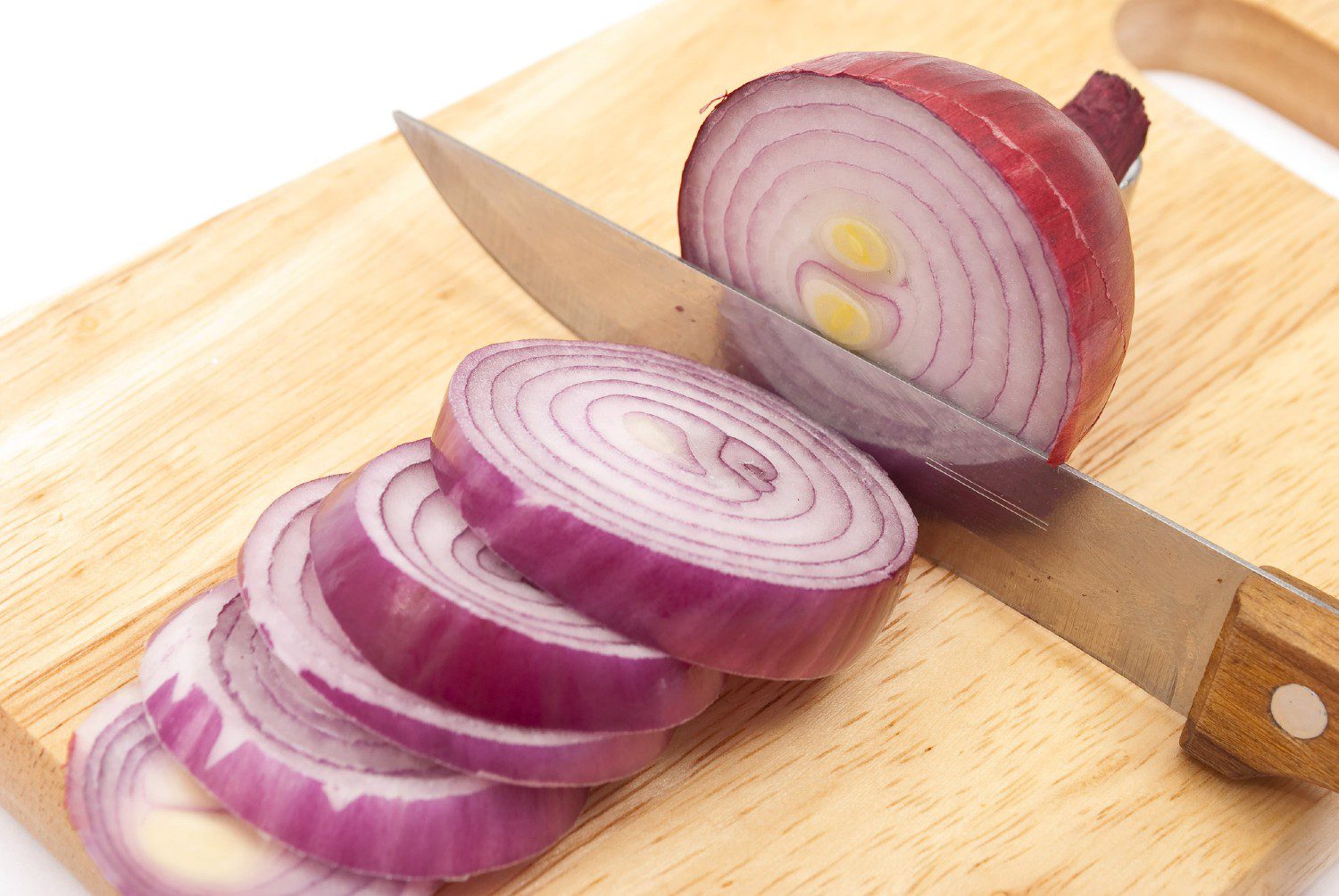

Articles
How To Store Cut Onion
Modified: March 24, 2024
Discover the best ways to store cut onions with these helpful articles. Keep your onions fresh and prevent odors with proper storage techniques.
(Many of the links in this article redirect to a specific reviewed product. Your purchase of these products through affiliate links helps to generate commission for Storables.com, at no extra cost. Learn more)
Introduction
Welcome to your ultimate guide on how to store cut onions! Onions are a staple ingredient in many dishes, adding incredible flavor and aroma to our favorite recipes. However, once an onion is cut, it can be challenging to keep it fresh for an extended period of time. The exposure to air can cause the onion to lose its freshness, texture, and even start to develop an unpleasant odor. But fear not! With the right storage techniques, you can prolong the shelf life of your cut onions and ensure they stay fresh for longer periods.
In this article, we will explore various methods to properly store cut onions, whether you need to store them overnight or for a few days. We will cover everything from using a sealed container, storing in a paper bag, wrapping in aluminum foil, to storing in the refrigerator and freezer. We will also provide you with valuable tips to maintain the quality of your cut onions throughout their storage.
So, whether you’re a home cook looking to preserve your leftover onion slices or a chef in a bustling restaurant kitchen, this guide is here to help you make the most out of your cut onions and reduce food waste. Let’s dive in!
Key Takeaways:
- Proper storage techniques, such as using sealed containers, paper bags, or aluminum foil, can help maintain the freshness and flavor of cut onions, reducing food waste and enhancing culinary creations.
- Additional tips, including handling onions with care, monitoring moisture levels, and avoiding mixing varieties, further ensure the longevity and quality of stored cut onions, empowering home cooks and chefs to make the most of this versatile ingredient.
Read more: How To Store Cut Onions
Proper Storage Technique
When it comes to storing cut onions, the key is to minimize their exposure to air. The more air the onions are exposed to, the faster they will deteriorate. By following the proper storage technique, you can keep your cut onions fresh and flavorful for an extended period. Here’s what you need to do:
- Use a Sealed Container: One of the best ways to store cut onions is by placing them in an airtight container. This will prevent air from reaching the onions and help maintain their freshness. Make sure the container is clean and dry before placing the onions inside. You can use plastic containers with tight-fitting lids or even resealable plastic bags. Just remember to squeeze out any excess air before sealing the bag.
- Storing in a Paper Bag: If you don’t have an airtight container, storing cut onions in a paper bag can be a good alternative. The paper bag allows some air circulation while still minimizing exposure to air. Place the cut onions in the bag and fold the top to seal it. Store the bag in a cool, dark place such as a pantry or a cupboard away from direct sunlight.
- Wrapping in Aluminum Foil: Another effective method is to wrap the cut onions tightly in aluminum foil. This method creates a barrier that helps seal out air and moisture, keeping the onions fresh. It’s important to wrap them tightly to prevent any air from entering. Once wrapped, place the onions in the refrigerator or a cool, dry place.
- Storing in the Refrigerator: If you anticipate needing to store cut onions for a longer period, storing them in the refrigerator is a great option. Place the cut onions in an airtight container or wrap them tightly in plastic wrap or aluminum foil. Then, store them in the vegetable drawer of your refrigerator. It’s important to note that onions can transfer odor to other foods, so you may want to keep them separate or use a container with a strong seal.
- Storing in the Freezer: If you have a large quantity of cut onions and want to store them for an extended period, freezing them is the way to go. However, freezing can alter the texture of the onions, making them softer when thawed. To freeze cut onions, spread them in a single layer on a baking sheet and place them in the freezer until they are firm. Once firm, transfer them to a freezer bag or airtight container and store in the freezer for up to three months.
By following these proper storage techniques, you can maximize the freshness and flavor of your cut onions, ensuring they are ready for your next culinary creation. Now that you know how to store cut onions, let’s explore some tips on how to maintain their quality throughout their storage.
Using a Sealed Container
Using a sealed container is one of the best ways to store cut onions and preserve their freshness. Airtight containers create a barrier that minimizes the onion’s exposure to air, preventing oxidation and slowing down the spoiling process. Here’s how you can effectively store cut onions using a sealed container:
- Clean and Dry the Container: Before placing the cut onions in a sealed container, make sure it is clean and dry. Any moisture or residue in the container can promote bacterial growth and shorten the shelf life of the onions. Wash the container with soap and warm water, rinse thoroughly, and allow it to dry completely before use.
- Cut the Onions into Proper Sizes: It’s important to cut the onions into the desired sizes before placing them in a sealed container. If you plan to use the onions for specific recipes, consider cutting them into the appropriate sizes to save time later. However, if you are unsure about the future use, it’s best to store the onions in larger pieces or slices to prevent excessive moisture loss and maintain better texture.
- Place the Onions in the Container: Once the container is clean and dry, transfer the cut onions into it. For better organization, you can separate the layers of onions using parchment paper or plastic wrap. This will help you easily retrieve the desired amount of onions without having to thaw or separate them. Make sure not to overfill the container to allow some air circulation while keeping it sealed.
- Seal the Container Tightly: After placing the cut onions in the container, ensure to seal it tightly to prevent air from entering. If using a plastic container, make sure the lid securely fits and create a tight seal. If using resealable plastic bags, squeeze out the excess air before sealing them. This airtight seal is crucial to maintain the freshness and flavor of the cut onions.
- Label and Date the Container: To keep track of the storage time and prevent confusion later, it’s a good practice to label the sealed container with the date. This will help you know how long the cut onions have been stored and when it’s time to use or discard them. Use a permanent marker to write the date directly on the container or stick a label with the date.
- Store in a Suitable Location: Finally, store the sealed container of cut onions in a suitable location. Choose a cool, dry place away from direct sunlight and other heat sources. A pantry or cupboard is ideal for storing cut onions in a sealed container. Avoid placing the container near strong-smelling foods as onions can absorb odors easily.
Using a sealed container is a convenient and effective method to store cut onions. It allows you to preserve their freshness and flavor for a longer period, ensuring you have quality onions ready to use whenever you need them. Now that you know how to use a sealed container, let’s explore other storage methods for cut onions.
Storing in a Paper Bag
Storing cut onions in a paper bag can be a simple yet effective method to keep them fresh. The paper bag allows for some airflow while still minimizing the onion’s exposure to air, helping to maintain its texture and flavor. Here’s how you can store cut onions in a paper bag:
- Choose a Suitable Paper Bag: When selecting a paper bag for onion storage, opt for a sturdy bag that can withstand the weight and moisture of the onions. Avoid using bags with prints or ink, as they may contain chemicals that can transfer to the onions. A plain brown paper bag without any coatings or additives is the best choice.
- Dry the Onions: Before placing the cut onions in the paper bag, make sure they are dry. Excess moisture on the onions can promote bacterial growth and spoilage. You can gently pat the cut onions with a paper towel to remove any moisture on the surface.
- Arrange the Onions in the Bag: Once the onions are dry, place them in the paper bag. If you have different sizes of cut onions, you can separate them using layers of parchment paper or plastic wrap to prevent them from sticking together. This will make it easier to retrieve the desired amount of onions without the need to further separate or thaw them.
- Seal the Bag: To minimize air exposure, fold the top of the paper bag and seal it tightly. You can use a clip or simply fold the top a few times to create a secure closure. This will help trap the moisture inside the bag and prevent excessive moisture loss from the onions.
- Store in a Cool, Dark Place: Find a suitable location to store the paper bag of cut onions. Choose a cool, dark place such as a pantry or a cupboard away from direct sunlight and heat sources. The ideal temperature for storing onions is between 35°F (2°C) and 45°F (7°C). Avoid storing the bag near strong-smelling foods as onions can absorb odors easily.
- Monitor and Use Within a Reasonable Time: Regularly check the paper bag to ensure the onions are still fresh. Depending on the humidity and onion variety, cut onions stored in a paper bag can last for up to a week. However, it’s recommended to use them within a reasonable time frame to maintain their optimal quality and flavor.
Storing cut onions in a paper bag is a cost-effective and convenient method that allows for adequate airflow while protecting the onions from excessive moisture and air exposure. By following these steps, you can extend the shelf life of your cut onions and enjoy their freshness in various recipes. Now, let’s explore another storage technique for cut onions – wrapping them in aluminum foil.
Wrapping in Aluminum Foil
Wrapping cut onions in aluminum foil is an excellent method to help preserve their freshness and prevent them from drying out. The foil acts as a barrier that seals the onions and minimizes their exposure to air, keeping them fresh and flavorful. Here’s how you can wrap cut onions in aluminum foil:
- Prepare the Cut Onions: Start by preparing the cut onions. Make sure they are dry and free from any excess moisture. This will help prevent the onions from becoming mushy or spoiling quickly.
- Cut Aluminum Foil: Tear off a piece of aluminum foil large enough to wrap around the cut onions. Depending on the size and quantity of the onions, you may need to cut multiple pieces of foil.
- Place the Cut Onions on the Foil: Lay the cut onions in the center of the foil. If you have different sizes or types of onions, you can separate them by creating individual foil packets or by using layers of parchment paper or plastic wrap to prevent them from sticking together.
- Wrap and Seal the Foil: Fold the aluminum foil over the cut onions and secure the edges by folding or crimping them tightly. Make sure the foil is sealed tightly to prevent any air from entering and to maintain the onions’ freshness for as long as possible.
- Label and Date the Foil: To keep track of the storage time, it’s important to label the wrapped foil with the date. This will help you know how long the cut onions have been stored and when it’s time to use or discard them. You can use a permanent marker to write the date directly on the foil.
- Store in a Cool, Dry Place: Place the wrapped cut onions in a cool, dry place such as a pantry or cupboard. Make sure they are stored away from direct sunlight and heat sources. The ideal storage temperature for onions is between 35°F (2°C) and 45°F (7°C).
By wrapping cut onions in aluminum foil, you create a protective barrier that helps preserve their moisture and flavor. This method is particularly useful when you want to store individual onions or smaller quantities. Remember to label the foil packets and monitor their freshness regularly. Now that you know how to wrap cut onions in aluminum foil, let’s move on to explore storing cut onions in the refrigerator.
Store cut onion in an airtight container in the refrigerator to prevent odor transfer and keep it fresh. Use it within 2-3 days for best flavor.
Read more: How To Store Cut Onions In The Fridge
Storing in the Refrigerator
Storing cut onions in the refrigerator is a popular method to keep them fresh for an extended period. The controlled temperature of the refrigerator helps slow down the spoilage process and maintains the texture and flavor of the onions. Here’s how you can properly store cut onions in the refrigerator:
- Prepare the Cut Onions: Start by preparing the cut onions. Make sure they are dry and free from any excess moisture. Damp onions can promote bacterial growth and spoilage.
- Choose an Airtight Container or Wrap: To store cut onions in the refrigerator, you can either use an airtight container or wrap them tightly in plastic wrap or aluminum foil. Both methods work effectively in preventing air exposure and maintaining the onions’ freshness.
- If using an Airtight Container: Place the cut onions in a clean and dry airtight container. Ensure the container has a tight-fitting lid and seals properly to prevent air from entering. This will help preserve the texture and flavor of the onions.
- If using Plastic Wrap or Aluminum Foil: Alternatively, you can wrap the cut onions tightly in plastic wrap or aluminum foil. Make sure to cover them completely and seal the wrap or foil securely to minimize air exposure.
- Label and Date the Container or Wrap: It’s important to label the container or wrap with the date before placing it in the refrigerator. This will help you keep track of the storage time and ensure you use the cut onions within a reasonable period.
- Store in the Vegetable Drawer: Place the container or wrapped cut onions in the vegetable drawer of your refrigerator. This drawer provides optimal humidity levels for storing onions and helps maintain their freshness.
- Keep Onions Separate: As onions have a strong aroma, it’s advisable to store them separately from other foods in the refrigerator. This will prevent the transfer of flavors and odors. You can use a dedicated container or section within the vegetable drawer to keep the onions isolated.
- Check and Use within a Reasonable Time: Regularly check the cut onions stored in the refrigerator and use them within a reasonable time frame. Depending on the variety and freshness of the onions, they can last for up to a week when stored properly in the refrigerator.
Storing cut onions in the refrigerator is a convenient option, especially when you need to store larger quantities or have longer storage requirements. Just remember to choose the right storage method and monitor the onions’ freshness regularly. Now, let’s move on to explore the method of storing cut onions in the freezer.
Storing in the Freezer
If you have a surplus of cut onions or want to store them for an extended period, freezing is a great option. Freezing helps preserve the quality of the onions, although it may soften their texture slightly. Here’s how you can properly store cut onions in the freezer:
- Prepare the Cut Onions: Start by preparing the cut onions. Make sure they are dry and free from any excess moisture. This will help prevent freezer burn and maintain the onions’ quality.
- Spread the Onions on a Baking Sheet: Arrange the cut onions in a single layer on a baking sheet. This will prevent them from sticking together and make it easier to portion them later.
- Place in the Freezer to Firm: Put the baking sheet with the cut onions in the freezer and allow them to freeze until they are firm. This usually takes around 1-2 hours, depending on the thickness of the onions.
- Transfer to Freezer Bags or Containers: Once the onions are frozen, transfer them to freezer bags or airtight containers. Squeeze out any excess air from the bags or containers to minimize the risk of freezer burn.
- Label and Date the Bags or Containers: It’s essential to label the freezer bags or containers with the date before storing them in the freezer. This will help you keep track of the storage time and ensure you use the onions within a reasonable period.
- Store in the Freezer: Place the labeled bags or containers in the freezer, ensuring they are stored in a location where they won’t be crushed or damaged. The ideal freezer temperature for storing onions is 0°F (-18°C).
- Use within Three Months: While frozen onions can be stored for a longer period, it’s recommended to use them within three months for the best quality. Over time, frozen onions may start to lose their flavor and texture.
- Thawing Frozen Onions: When you’re ready to use the frozen onions, there’s no need to thaw them before adding them to cooked dishes. Frozen onions can be directly added to soups, stews, stir-fries, and other cooked recipes. However, if you need thawed onions for raw dishes such as salads, place them in the refrigerator and let them thaw overnight.
Freezing cut onions is a great way to preserve them for extended periods and reduce food waste. When stored properly, they can be a convenient addition to your favorite recipes. Just remember to label the bags or containers and use the frozen onions within a reasonable time frame for the best results. Now you have an array of storage methods to choose from for your cut onions. Let’s move on to explore some helpful tips for maintaining the quality of your stored onions.
Tips for Maintaining Onion Quality
Proper storage techniques are crucial for maintaining the quality of cut onions. Here are some additional tips to help you keep your onions fresh and flavorful:
- Handle with Care: When handling cut onions, be gentle to avoid bruising or damaging them. Rough handling can accelerate spoilage and diminish the quality of the onions.
- Keep Moisture in Check: Excess moisture can promote bacterial growth and spoilage. Ensure the cut onions are dry before storing them, and avoid storing them in damp or wet areas.
- Avoid Mixing Varieties: Different onion varieties have varying shelf lives and flavors. It’s best to store each onion variety separately to prevent cross-contamination and maintain their distinct flavors.
- Inspect Regularly: Check the stored onions regularly for any signs of spoilage, such as mold, soft spots, or strong odors. Remove any spoiled pieces immediately to prevent them from affecting the remaining onions.
- Store Away from Potatoes and Apples: Potatoes and apples release natural gases that can cause onions to spoil quickly. Keep onions away from these produce items to preserve their quality.
- Don’t Store near Strong Odors: Onions can easily absorb strong odors from neighboring foods, affecting their flavor. Keep them away from pungent foods like garlic, strong cheeses, or fish.
- Use Odor-Neutralizers: If you want to prevent onion odors from permeating your refrigerator or pantry, consider using odor-neutralizing products such as baking soda or coffee grounds.
- Consider Prepping Fresh Onions: Instead of storing cut onions, consider prepping fresh onions as needed to maintain the best quality and flavor. This way, you can enjoy the full freshness of the onions in your dishes.
- Monitor Storage Time: Keep track of the storage time of your cut onions. Avoid storing them for too long, as their flavor and texture can deteriorate over time.
- Reuse Onion Skins: Don’t throw away onion skins! They can be used to add a rich flavor to stocks, soups, and broths. Simply store them in a sealed container in the freezer until you’re ready to use them.
By following these tips, you can prolong the shelf life and maintain the quality of your cut onions. Proper storage techniques, careful handling, and mindful storage practices will ensure that your onions stay fresh and flavorful for longer periods. Now that you have all the information you need, you can confidently store your cut onions and reduce food waste. Enjoy cooking with fresh onions whenever you need them!
Conclusion
Congratulations! You now have a comprehensive understanding of how to store cut onions to maintain their freshness and flavor. By employing the proper storage techniques, you can extend the shelf life of cut onions and reduce food waste in your kitchen. Whether you choose to use a sealed container, a paper bag, aluminum foil, the refrigerator, or the freezer, each method plays a vital role in preserving the quality of the onions.
Remember, using a sealed container creates a protective barrier, while a paper bag allows for some airflow. Wrapping the onions in aluminum foil provides an additional layer of protection. Storing the cut onions in the refrigerator or freezer gives you the option to preserve them for longer periods, with the caveat that the texture may change slightly when thawed.
However, proper storage is just one aspect of maintaining onion quality. By following additional tips such as handling the onions with care, keeping moisture levels in check, separating different varieties, inspecting regularly, and storing away from potatoes and strong odors, you can further ensure that your cut onions stay fresh and flavorful until you’re ready to use them.
So the next time you find yourself with leftover cut onions or a surplus of fresh ones, use this guide as your go-to resource for storing them properly. Whether you’re a home cook or a professional chef, these storage techniques and tips will help optimize your onion usage, reduce waste, and enhance the taste of your culinary creations.
Remember, an onion may seem like a small ingredient, but it can bring immense flavor and depth to your dishes. And now, armed with this knowledge, you can make the most of every piece of onion in your kitchen.
Happy cooking and enjoy the fresh, flavorful onions!
Frequently Asked Questions about How To Store Cut Onion
Was this page helpful?
At Storables.com, we guarantee accurate and reliable information. Our content, validated by Expert Board Contributors, is crafted following stringent Editorial Policies. We're committed to providing you with well-researched, expert-backed insights for all your informational needs.
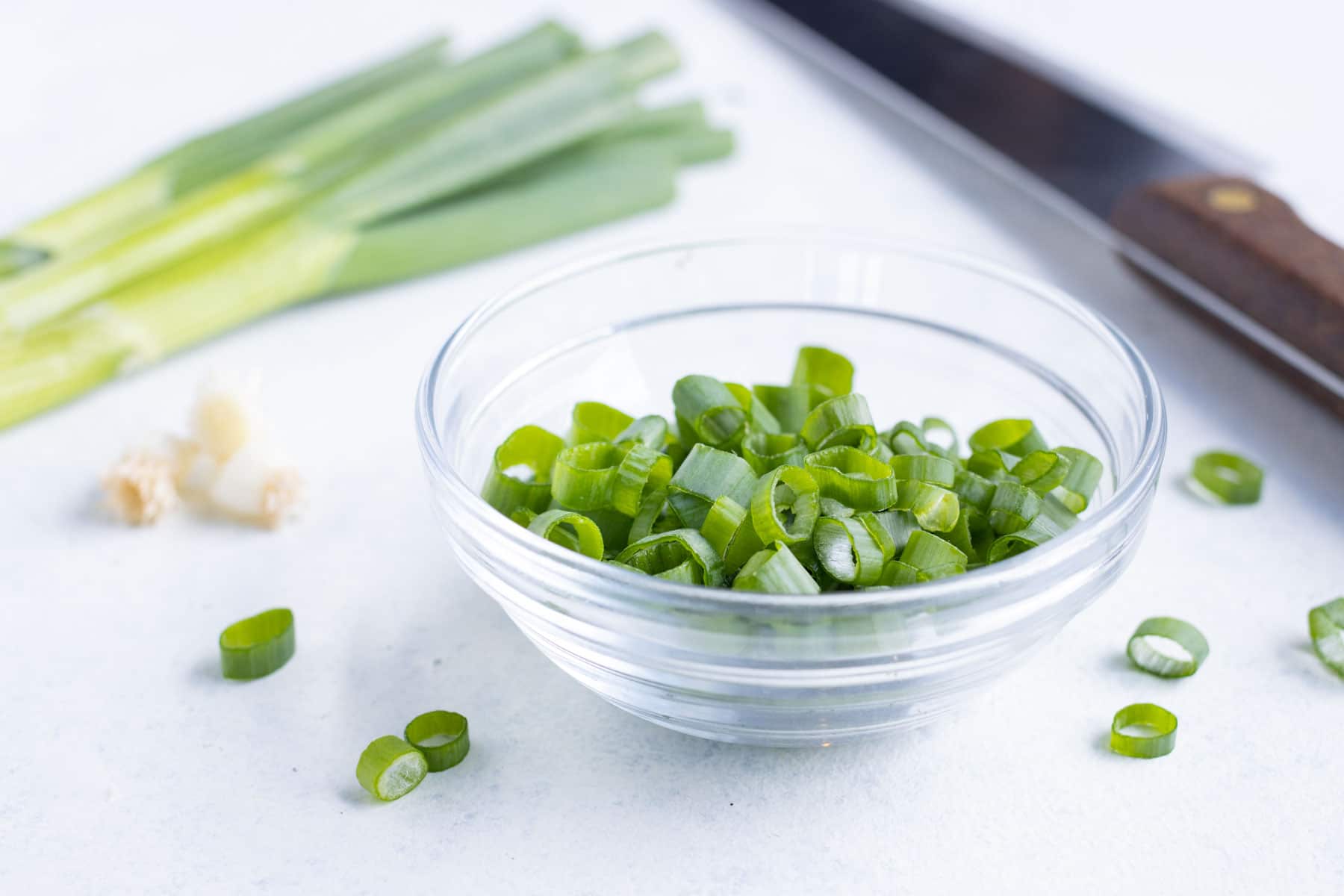
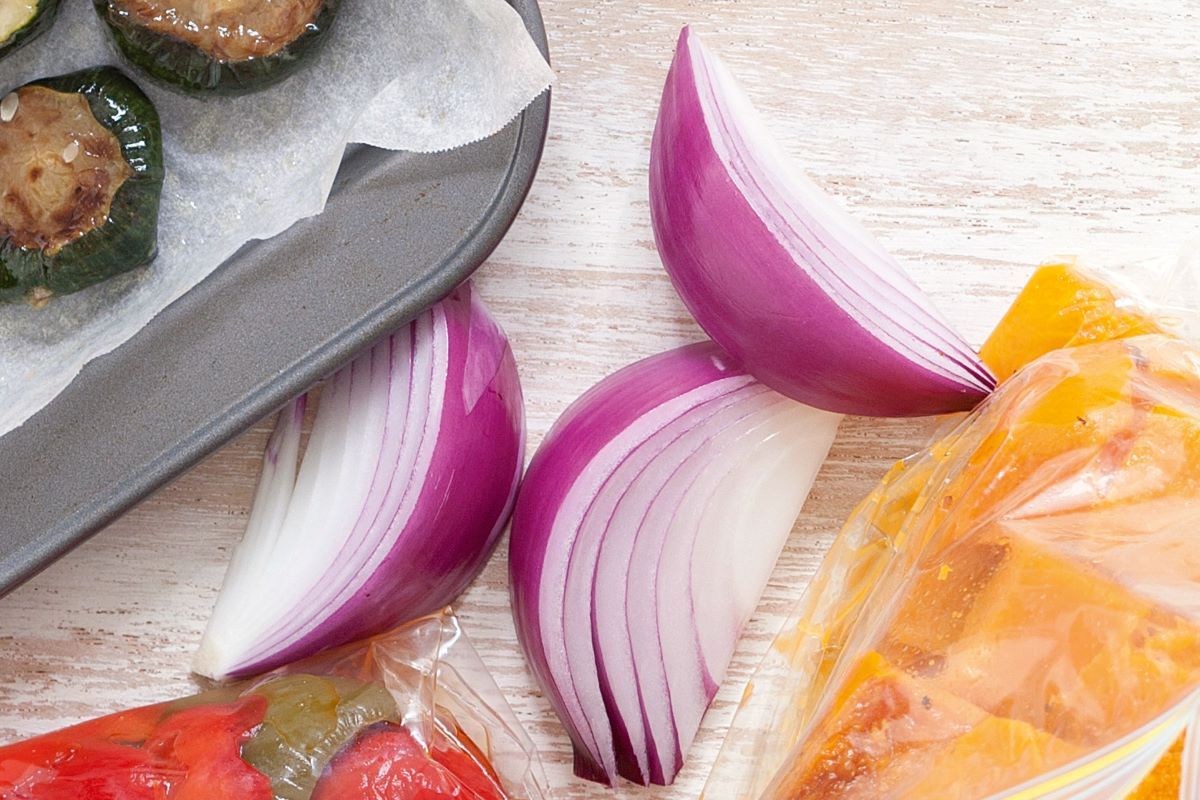
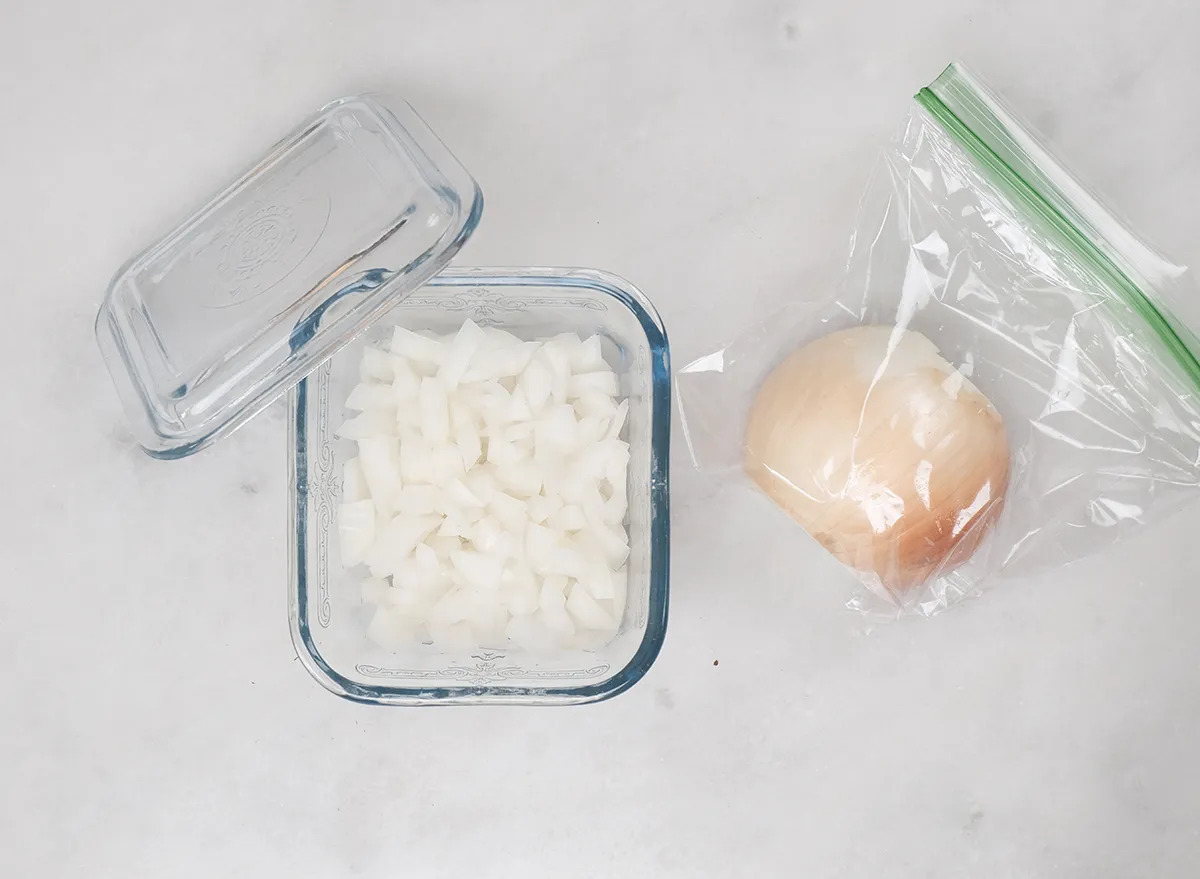
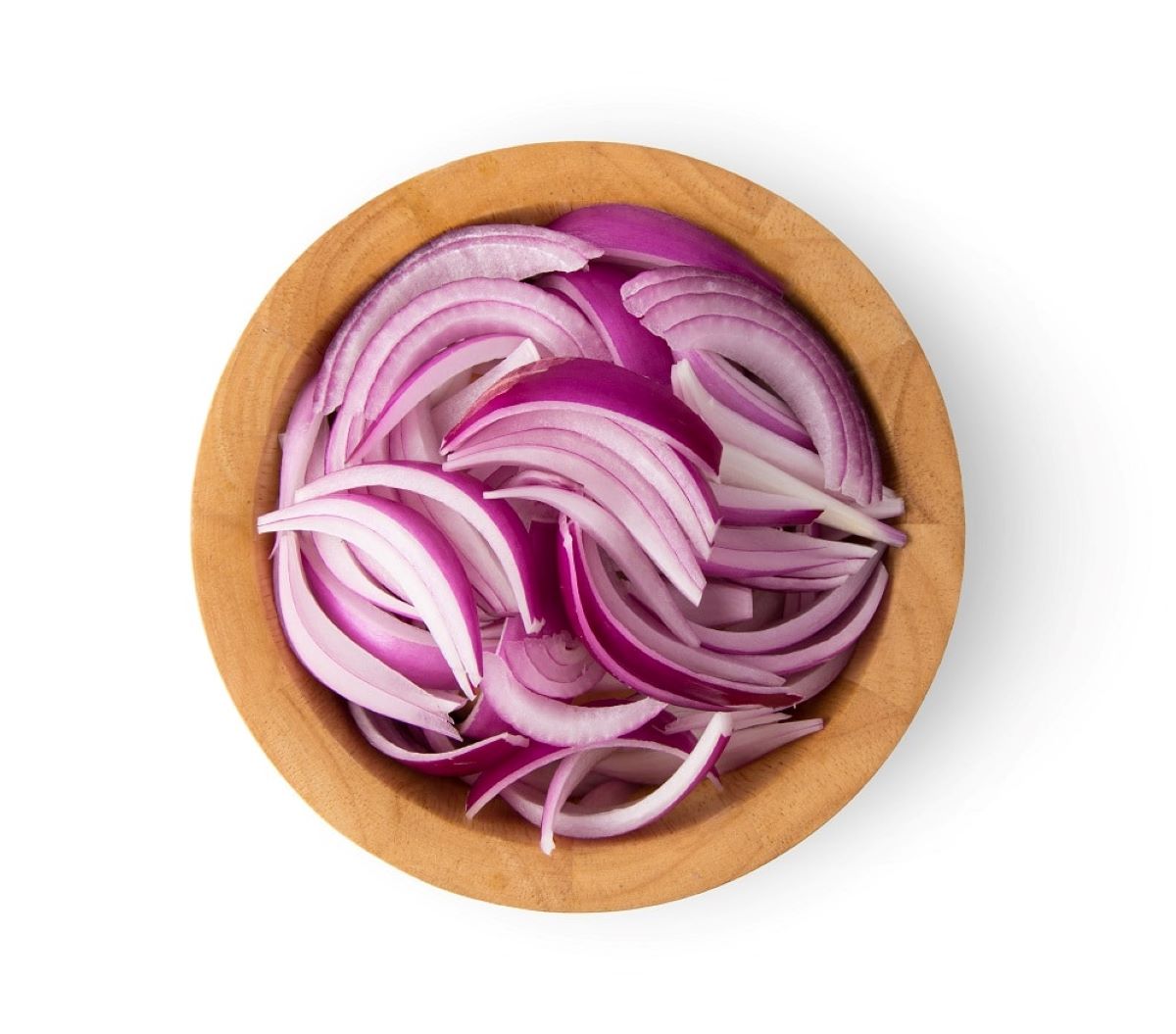
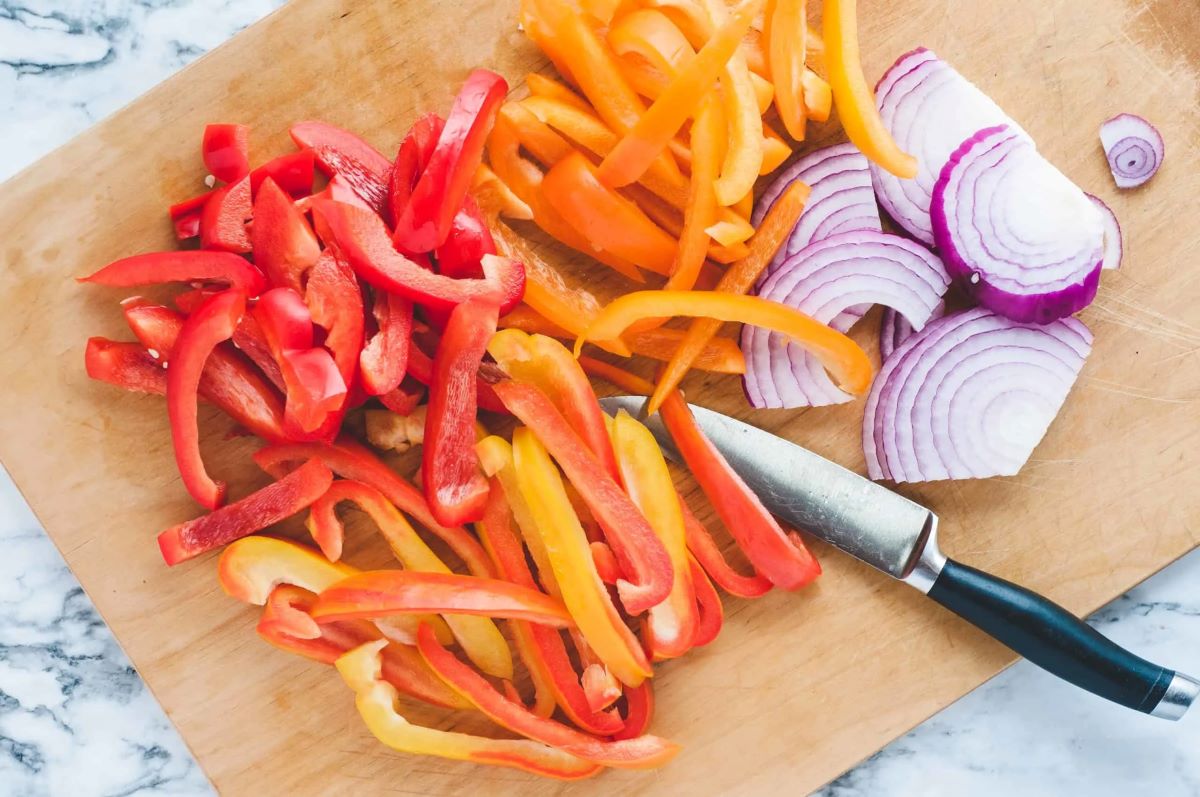
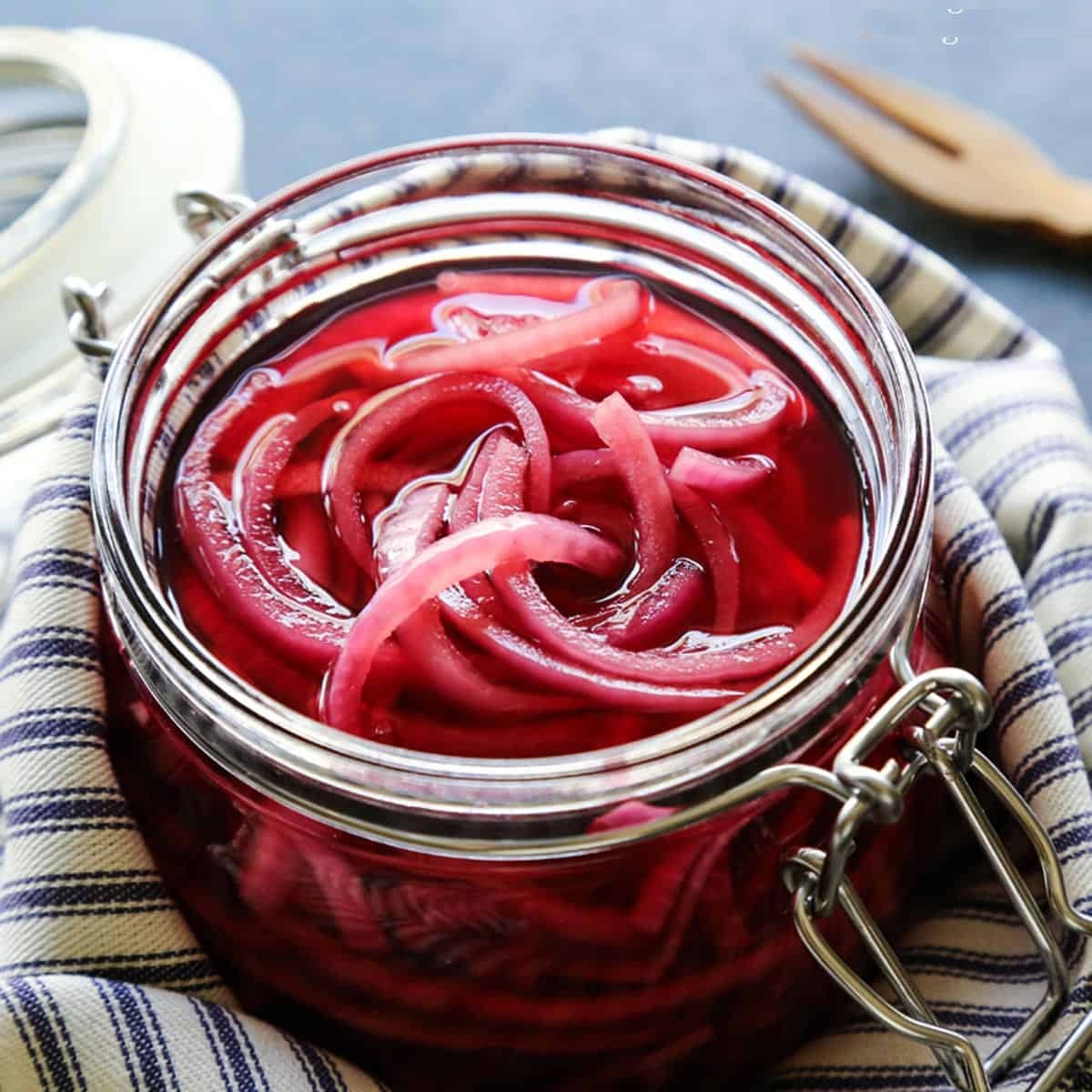
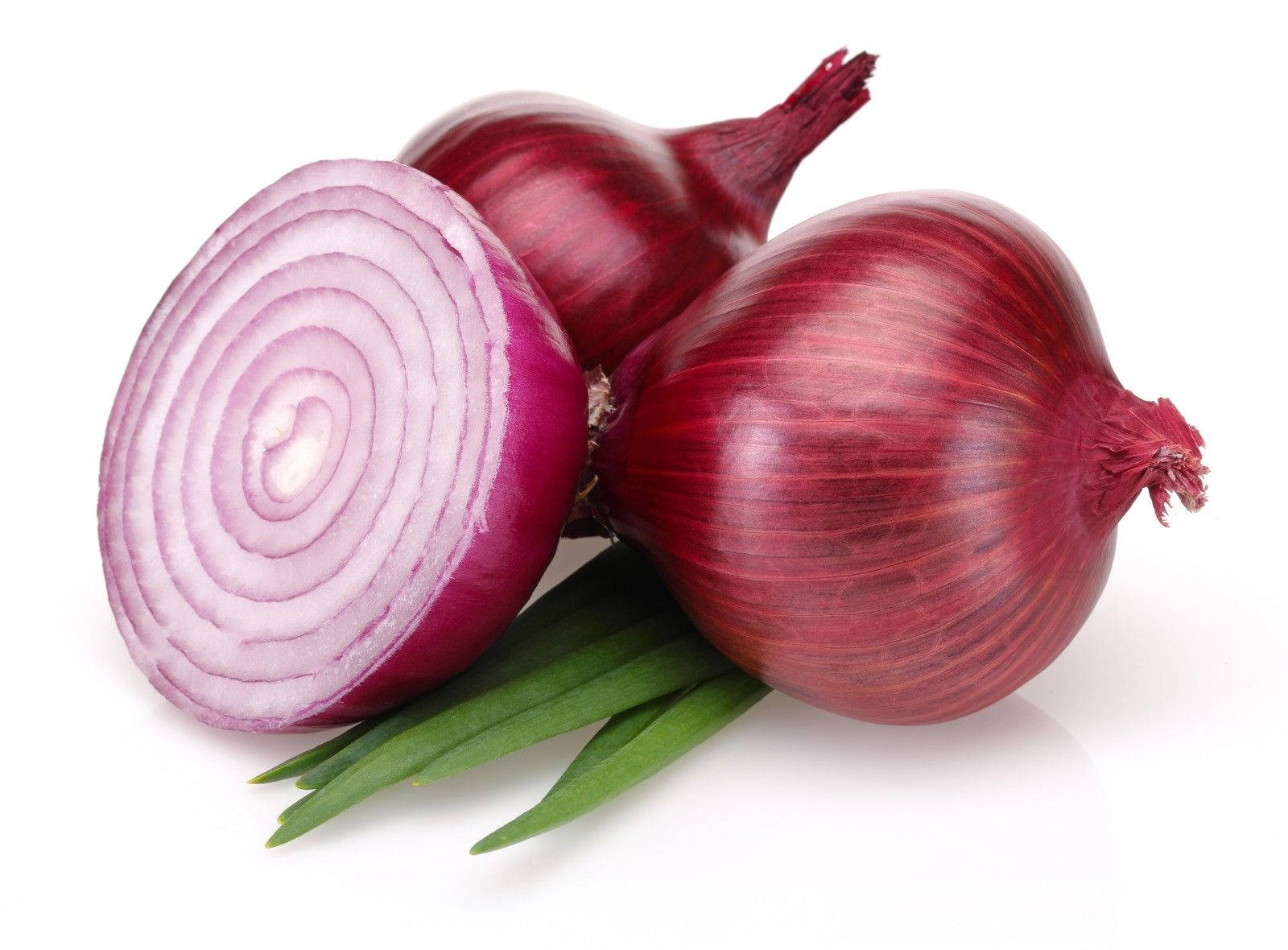
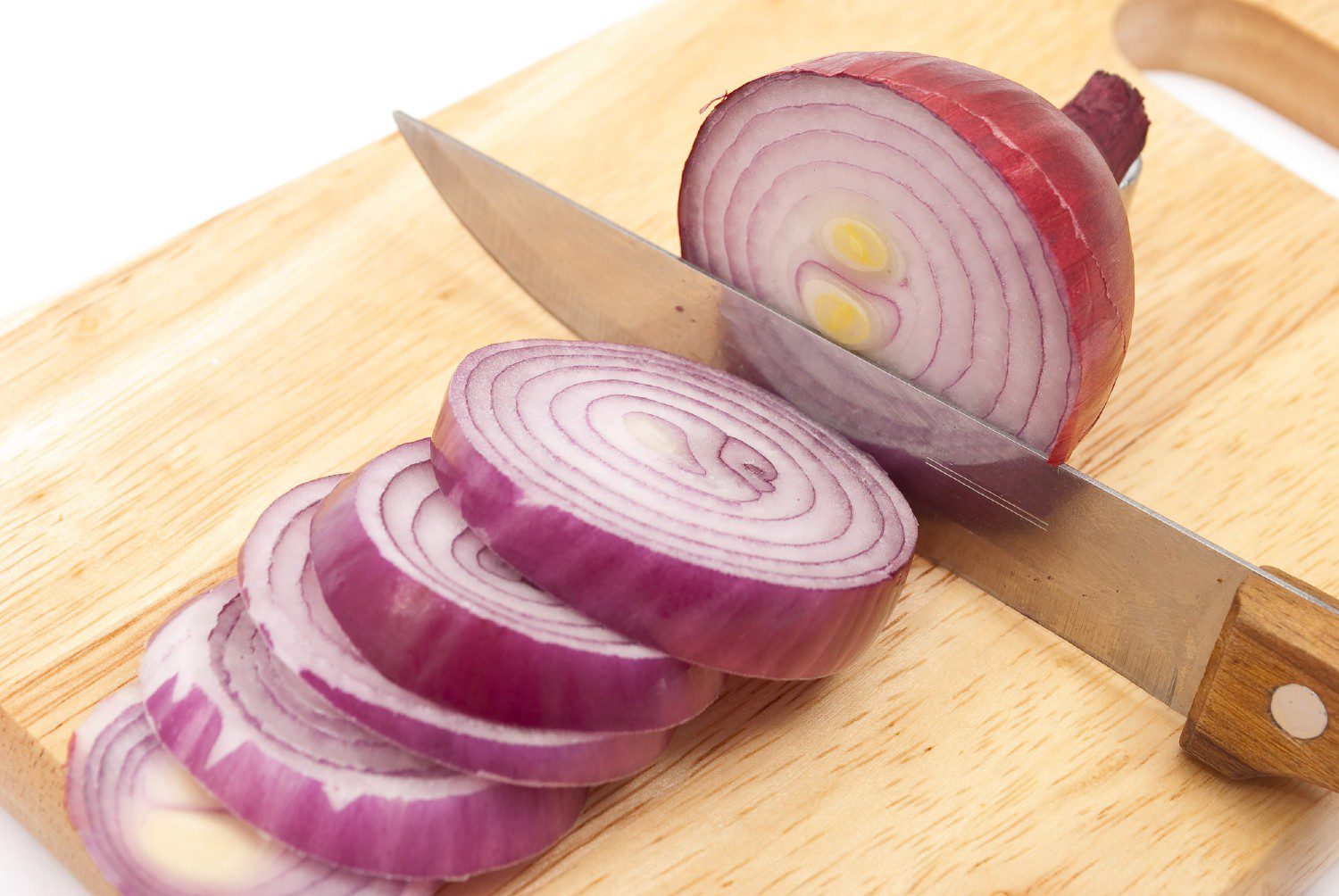
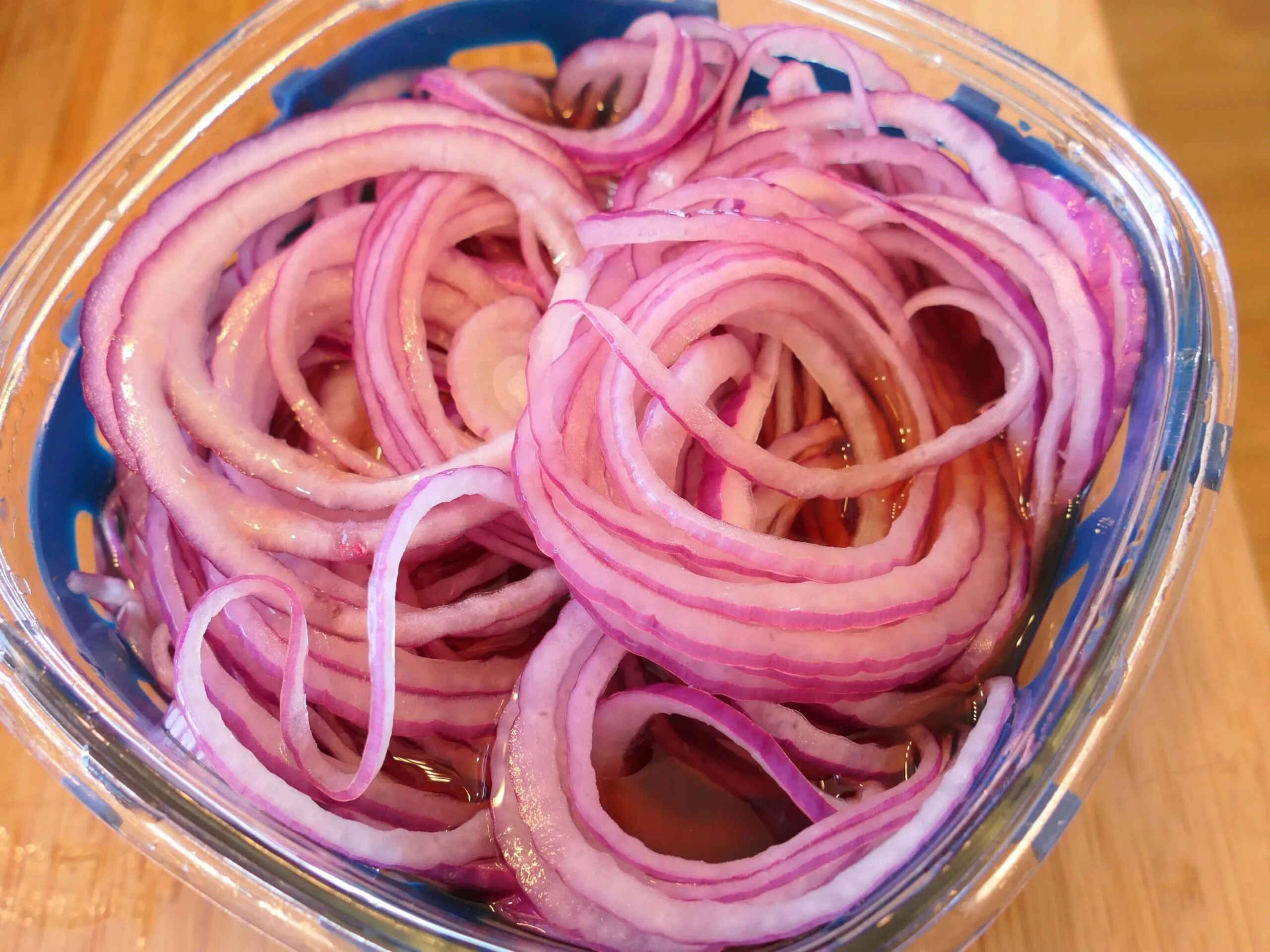
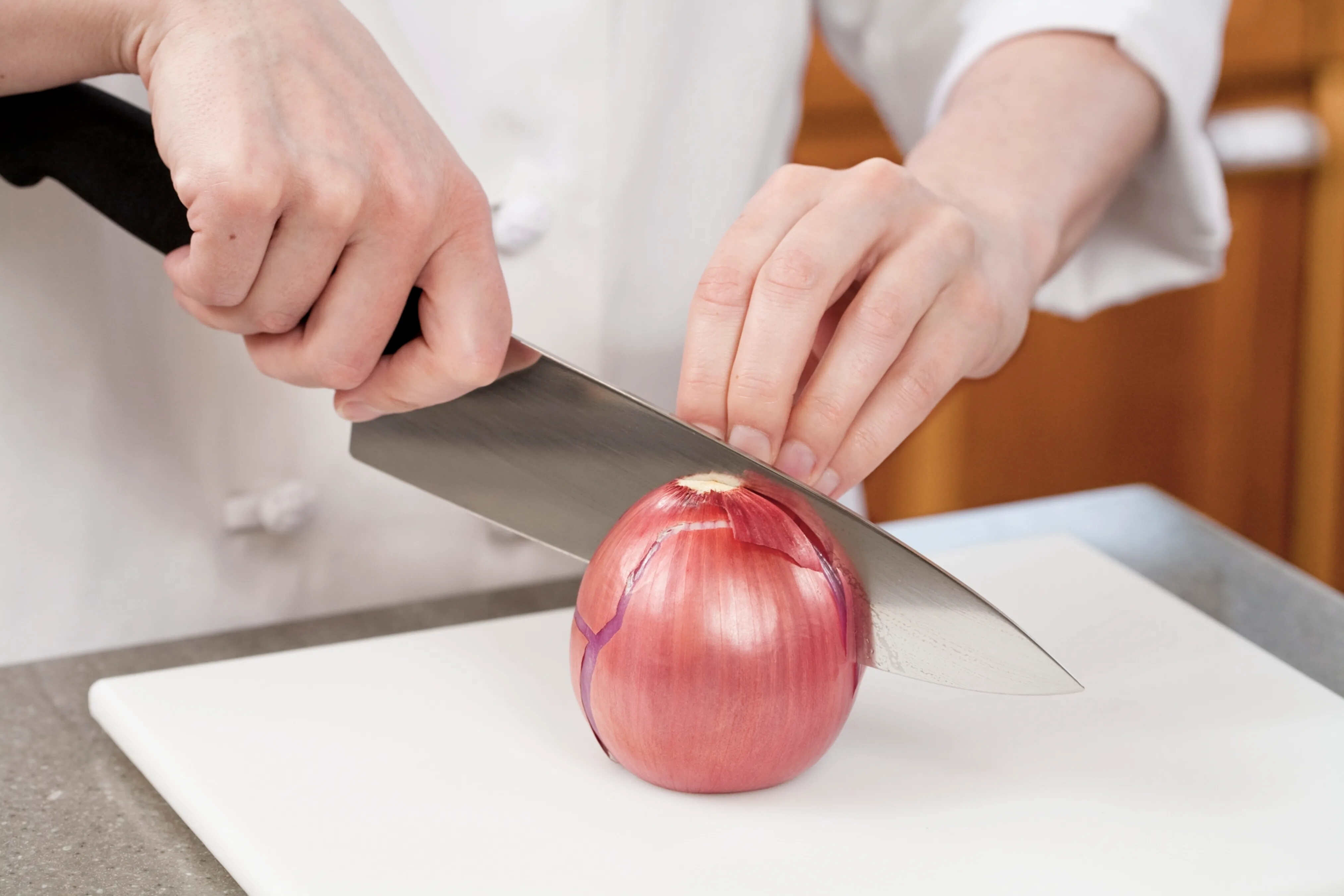
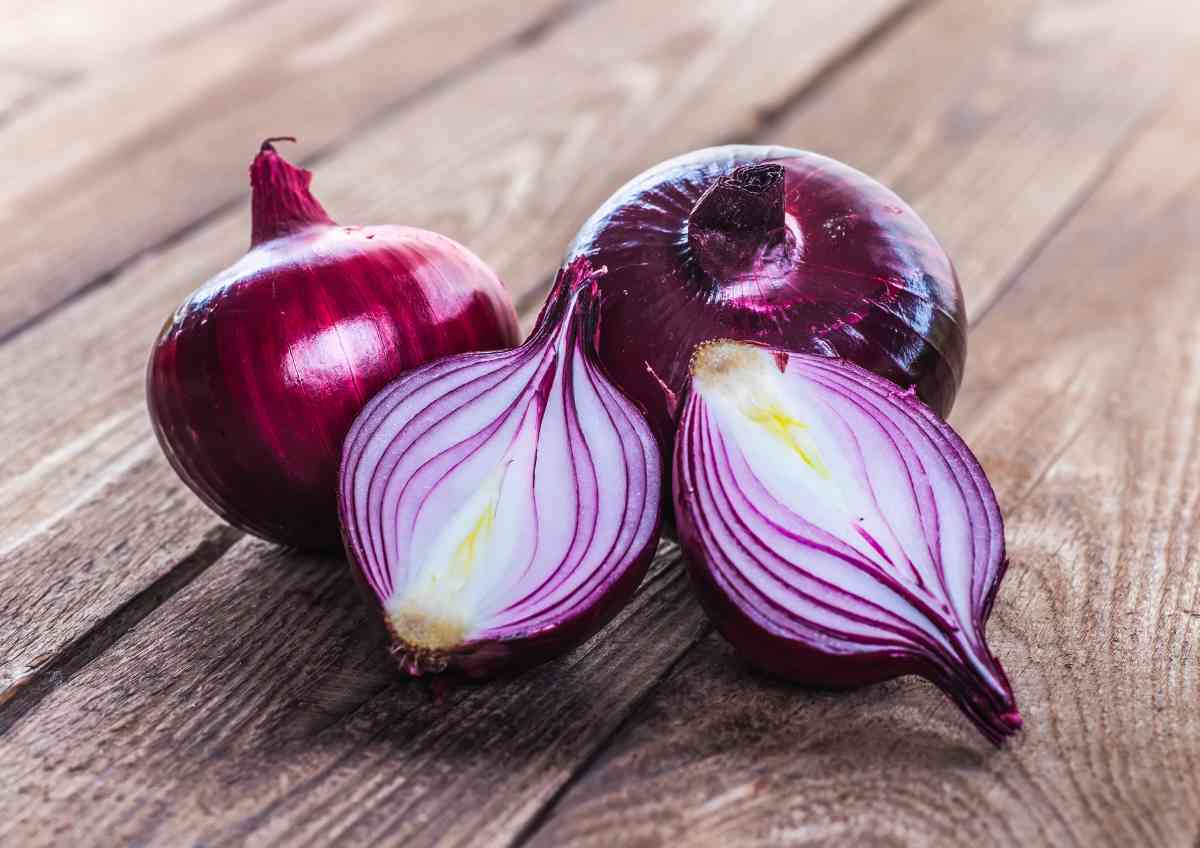
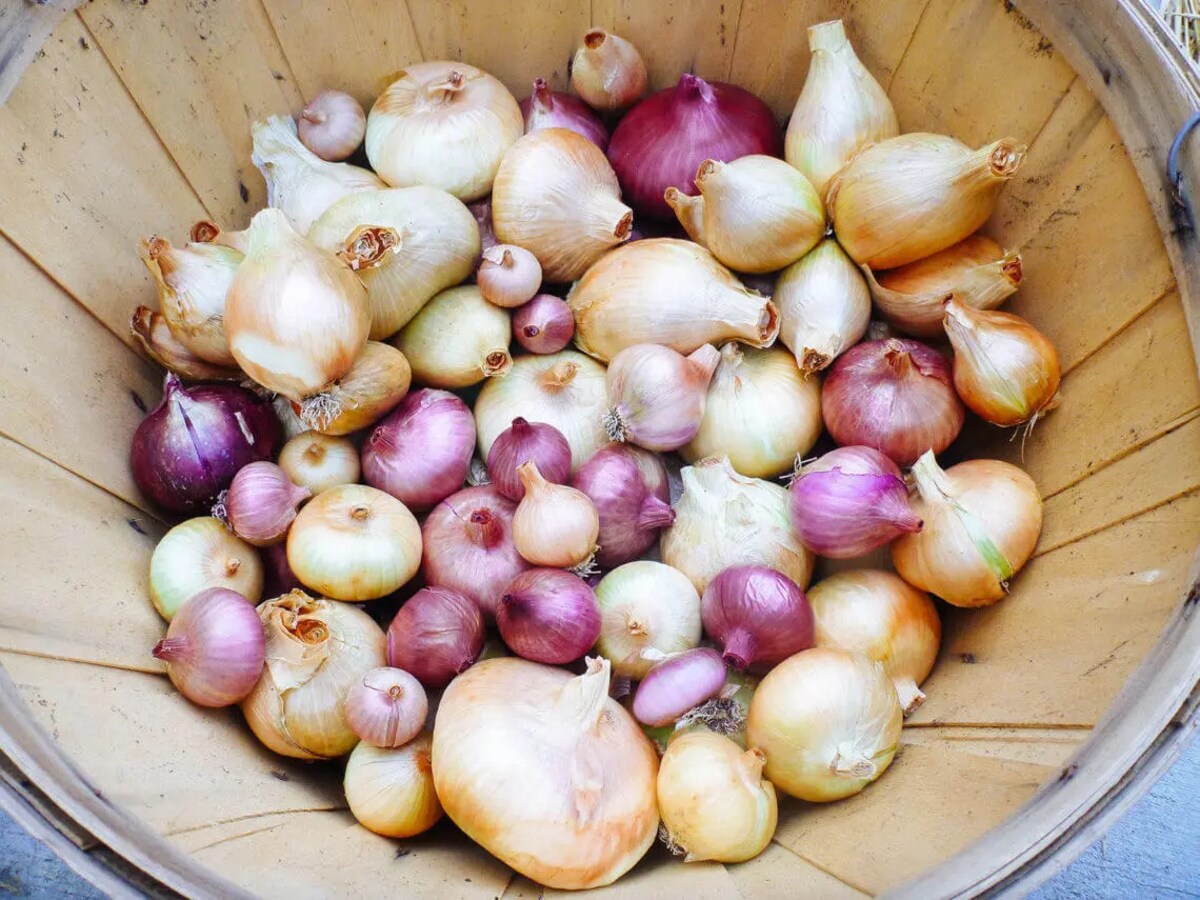
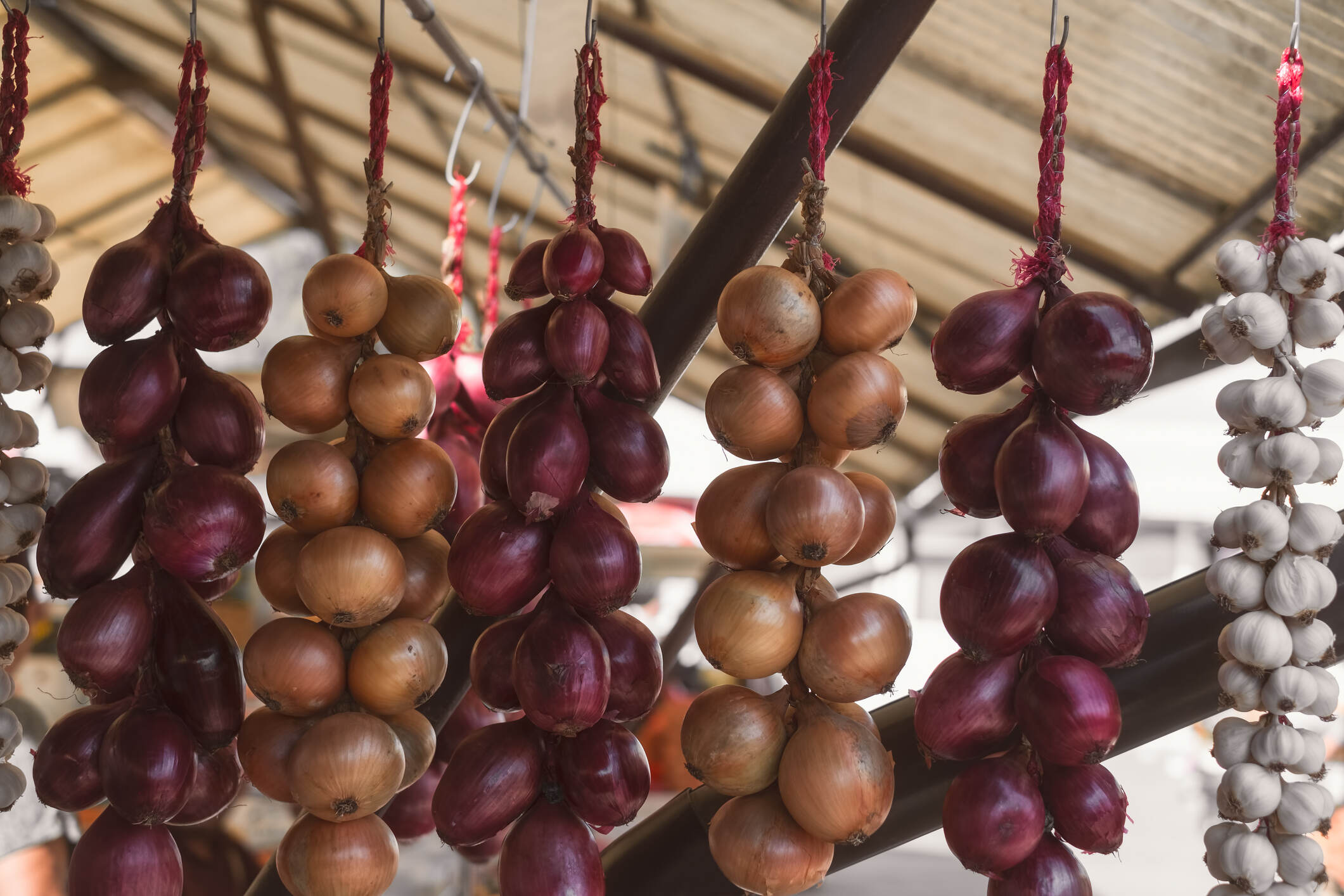
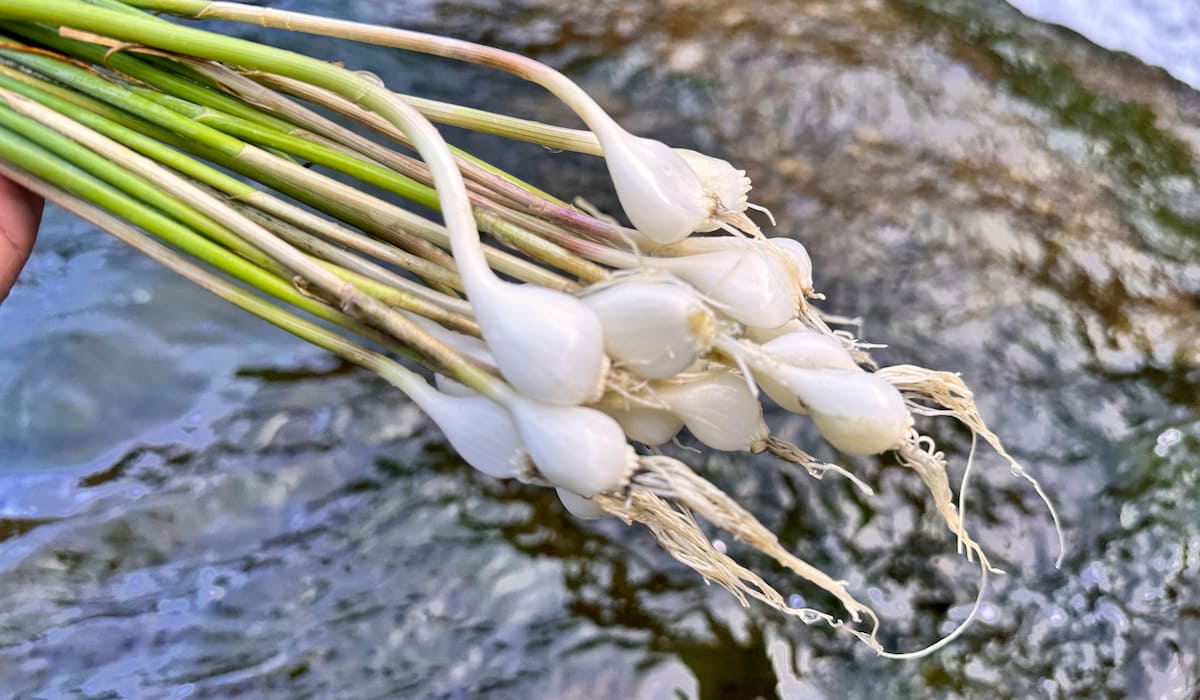

0 thoughts on “How To Store Cut Onion”